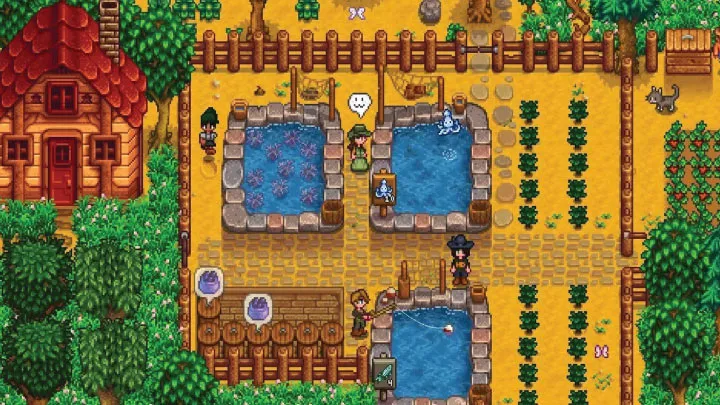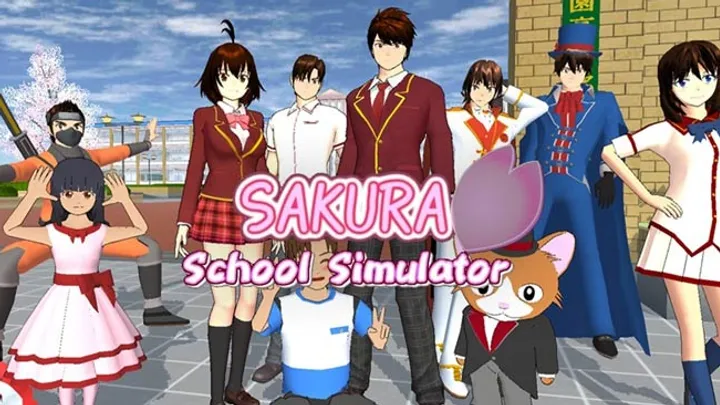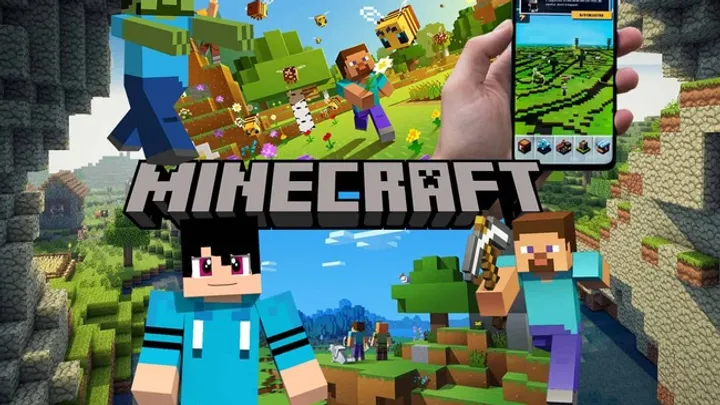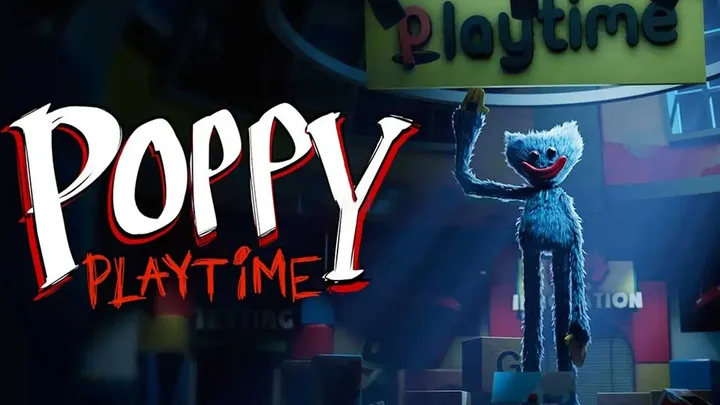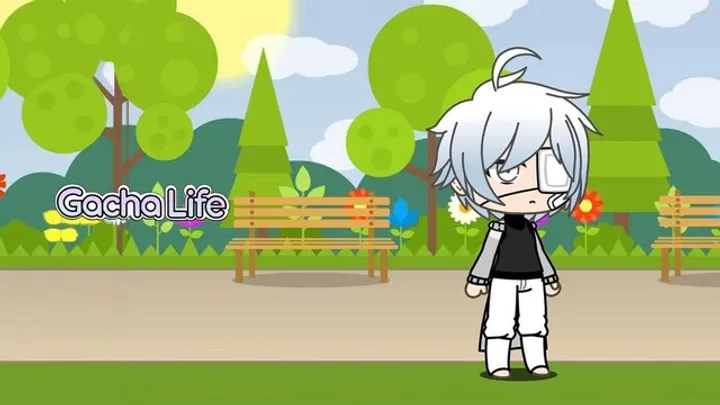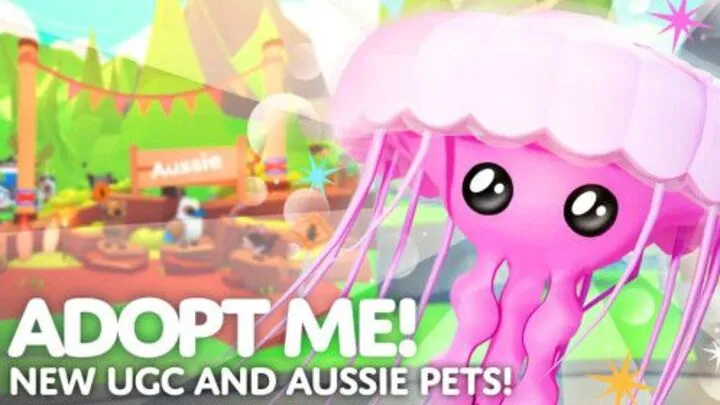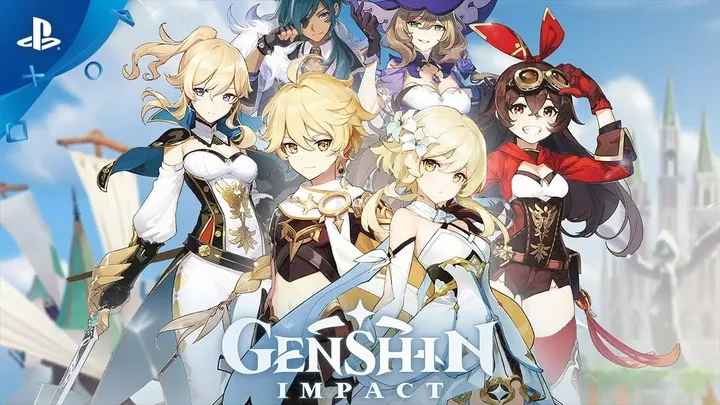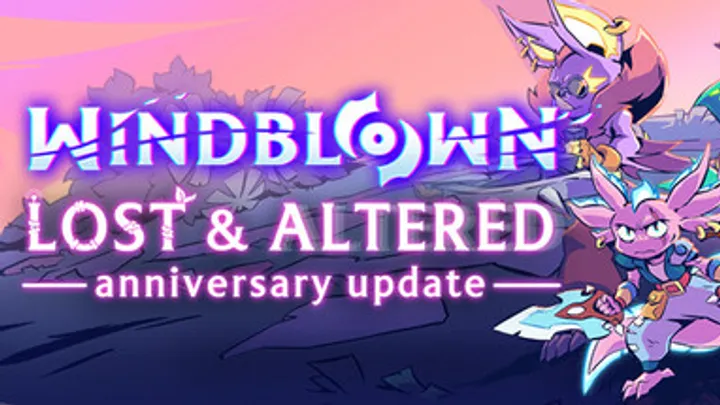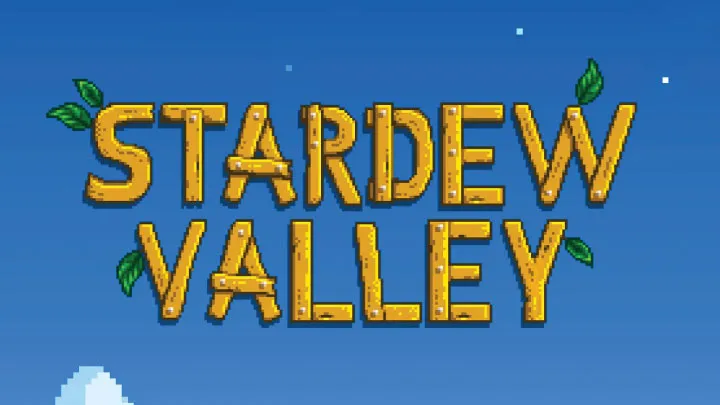
Stardew Valley, developed by ConcernedApe (Eric Barone), has become a beloved title in the indie gaming scene since its release in February 2016. The game invites players to escape the hustle of modern life and immerse themselves in the charming world of farming, crafting, and community building. One of the most significant issues in Stardew Valley is the intricate balance between community engagement and personal growth, both for the player and the in-game characters. This article explores how these elements interact, shaping the overall gameplay experience and contributing to the game's enduring popularity.
The Foundations of Stardew Valley
The Premise of the Game
Stardew Valley begins with a familiar scenario: the player inherits a run-down farm from their grandfather in a serene town called Pelican Town. The simple premise serves as a backdrop for a deeper exploration of themes such as personal fulfillment, community connection, and the impact of choices. Players are encouraged to transform their neglected farm into a thriving agricultural enterprise, all while building relationships with the townspeople.
This initial setup invites players to embark on a journey of personal growth. As they cultivate their farm and engage with the community, players experience a sense of progression and achievement. The game elegantly intertwines farming mechanics with social interactions, creating a holistic experience that resonates with players.
The Role of the Community
The community in Pelican Town is a vibrant tapestry of characters, each with their own personalities, stories, and relationships. Engaging with these characters is not merely optional; it is essential for progressing in the game. Building friendships, completing quests, and participating in town events enrich the player's experience and encourage deeper investment in the game world.
The unique personalities of the villagers add layers of complexity to the narrative. For instance, characters like Sebastian and Emily offer insights into their lives, struggles, and aspirations. As players interact with these characters, they uncover their backstories and develop emotional connections, enhancing the overall sense of community.
The Mechanics of Engagement
Building Relationships
The relationship-building mechanics in Stardew Valley are central to the gameplay experience. Players can interact with villagers through conversations, gift-giving, and completing requests. Each villager has unique likes and dislikes, requiring players to engage thoughtfully to strengthen their bonds.
The game utilizes a heart system to track relationship progress, with players earning hearts through positive interactions. This system encourages players to invest time in nurturing their relationships, resulting in meaningful connections that enhance the narrative.
Events and Festivals
Seasonal events and festivals play a crucial role in community engagement. These events bring the townspeople together, allowing players to participate in various activities and challenges. From the Egg Festival to the Luau, these gatherings foster a sense of camaraderie and provide opportunities for players to deepen their relationships with villagers.
During festivals, players can engage in mini-games, compete for prizes, and enjoy unique dialogue from characters. These moments not only enhance the game's charm but also reinforce the importance of community in the player's journey. Festivals serve as milestones, marking the passage of time and providing a sense of rhythm to the gameplay.
Personal Growth Through Farming
The Journey of Agricultural Development
Farming in Stardew Valley is not just a means to an end; it is a journey of personal growth for the player. As players learn to cultivate crops, raise animals, and manage resources, they develop a deeper understanding of the farming mechanics and the importance of sustainability.
The game’s seasons dictate which crops can be planted and harvested, creating a sense of urgency and strategy. Players must plan their farming activities carefully, preparing for the changing seasons and maximizing their yield. This aspect of gameplay encourages players to think critically and adapt their strategies as they progress.
Crafting and Resource Management
Beyond farming, the crafting system in Stardew Valley adds another layer of depth to personal growth. Players can gather resources to create tools, machines, and artisan goods, enhancing their farming operations and expanding their capabilities. Crafting encourages experimentation, as players discover new recipes and techniques that improve efficiency.
Resource management is a crucial skill that players develop throughout the game. Balancing the need for immediate resources with long-term goals fosters strategic thinking. As players refine their crafting and resource management skills, they experience a sense of accomplishment and mastery.
Balancing Personal and Community Goals
The Interplay of Individual and Community Aspirations
One of the most compelling aspects of Stardew Valley is the interplay between personal and community goals. While players focus on building their farms and achieving personal milestones, they must also consider the impact of their actions on the community.
For instance, players can contribute to the Community Center, a central hub that requires donations of various items and resources. Completing bundles in the Community Center not only benefits the town but also rewards players with valuable items and enhancements. This dual focus on personal growth and community contribution fosters a sense of purpose and connection.
The Emotional Weight of Choices
The choices players make throughout the game can have significant emotional weight. For example, players may decide to prioritize their farm over community contributions, leading to potential consequences for their relationships with villagers. This dynamic encourages players to reflect on their actions and consider the broader implications of their decisions.
As players engage with the community and pursue their personal goals, they are faced with dilemmas that challenge their values. This interplay between individual aspirations and community responsibilities adds depth to the gameplay experience, prompting players to navigate complex emotional landscapes.
The Role of Storytelling in Player Engagement
Narrative Depth and Character Development
Stardew Valley excels in its storytelling, weaving together the lives of its characters and the history of Pelican Town. Each villager has a unique backstory, aspirations, and conflicts, providing players with opportunities to engage with their narratives. As players build relationships, they uncover layers of character development that enrich the overall experience.
The game’s narrative depth is revealed through dialogue, cutscenes, and events. Players can explore the lives of characters like Penny, who seeks to escape her troubled upbringing, or Shane, who struggles with personal demons. These stories create emotional connections, prompting players to invest in the characters’ journeys and aspirations.
The Impact of Environmental Storytelling
Beyond character interactions, environmental storytelling plays a crucial role in immersing players in the world of Stardew Valley. The design of Pelican Town, with its quaint buildings, scenic landscapes, and hidden secrets, invites exploration and discovery. Players can find clues about the town's history and the lives of its inhabitants through their surroundings.
The seasonal changes also contribute to storytelling, as the environment reflects the passage of time. Players experience the beauty of cherry blossoms in spring, the warmth of summer, the harvest of autumn, and the tranquility of winter. These visual cues enhance the narrative, reinforcing the cyclical nature of life and the connection between the player and the world.
Community Engagement and Player Interaction
The Power of the Stardew Valley Community
The community surrounding Stardew Valley has played a significant role in the game’s success. Players actively share their experiences, tips, and creations through social media, forums, and fan sites. This engagement fosters a vibrant community where players can connect, collaborate, and celebrate their love for the game.
The sharing of experiences and strategies enhances the overall gameplay experience, as players learn from one another and discover new ways to engage with the game. The sense of community encourages creativity, as players showcase their farms, designs, and artistic interpretations of the game.
Fan Creations and Modding
The Stardew Valley community has also produced a wealth of fan creations, including art, music, and mods. Players often create mods that enhance gameplay, introduce new content, or improve quality of life. This creative output reflects the community’s passion for the game and its characters.
Modding has become a significant aspect of the Stardew Valley experience, allowing players to customize their gameplay and explore new possibilities. The collaborative spirit of modding fosters a sense of shared ownership of the game, as players contribute to its ongoing evolution.
The Future of Stardew Valley
Anticipating New Updates and Content
As Stardew Valley continues to thrive, players can anticipate new updates and content that will further enrich the gameplay experience. ConcernedApe has indicated a commitment to supporting the game with enhancements, potentially introducing new mechanics, seasonal events, and storylines.
Future updates may also explore new areas to expand upon the existing world, allowing players to discover fresh experiences and challenges. The potential for new content keeps the player base engaged and excited about the future of Stardew Valley.
Community-Driven Growth
The future of Stardew Valley will depend on the continued engagement of the community. Player feedback and involvement will be essential for shaping the direction of updates and expansions. The developers have demonstrated a willingness to listen to player input, and this collaborative spirit will remain crucial for maintaining a vibrant and engaged player base.
Encouraging players to share their experiences and suggestions will foster a strong relationship between the developers and the community. By prioritizing player involvement, ConcernedApe can create experiences that resonate deeply with the player base and enhance the overall enjoyment of the game.
The Legacy of Stardew Valley
A Lasting Impact on Indie Development
Stardew Valley has set a high standard for indie game development, showcasing the potential for storytelling, creativity, and community engagement. The game’s success has inspired other developers to explore similar models, emphasizing the importance of player-driven experiences that resonate with audiences.
As more indie developers recognize the value of creating immersive worlds and meaningful narratives, the legacy of Stardew Valley will continue to influence the gaming landscape. The game has demonstrated that a well-crafted experience can resonate with players, regardless of its scale or budget.
Fostering a Sense of Belonging
The impact of Stardew Valley extends beyond its gameplay; it has fostered a sense of belonging and community among players. As individuals come together to share their experiences, creations, and stories, they build connections that transcend the digital realm.
This sense of belonging is crucial in an increasingly connected world, where players seek camaraderie and shared experiences. Stardew Valley has created a space where players can celebrate their love for the game and connect with others who share their passion.
Conclusion
The intricate interplay between community engagement and personal growth in Stardew Valley has created a rich and immersive experience for players. The game masterfully balances exploration, character interactions, and emotional themes, fostering a deep connection between players and the world of Pelican Town.
